Next-Generation Weapons Technology Market Outlook:
Next-Generation Weapons Technology Market size was valued at USD 21.6 billion in 2025 and is likely to cross USD 41.31 billion by 2035, expanding at more than 6.7% CAGR during the forecast period i.e., between 2026-2035. In the year 2026, the industry size of next-generation weapons technology is assessed at USD 22.9 billion.
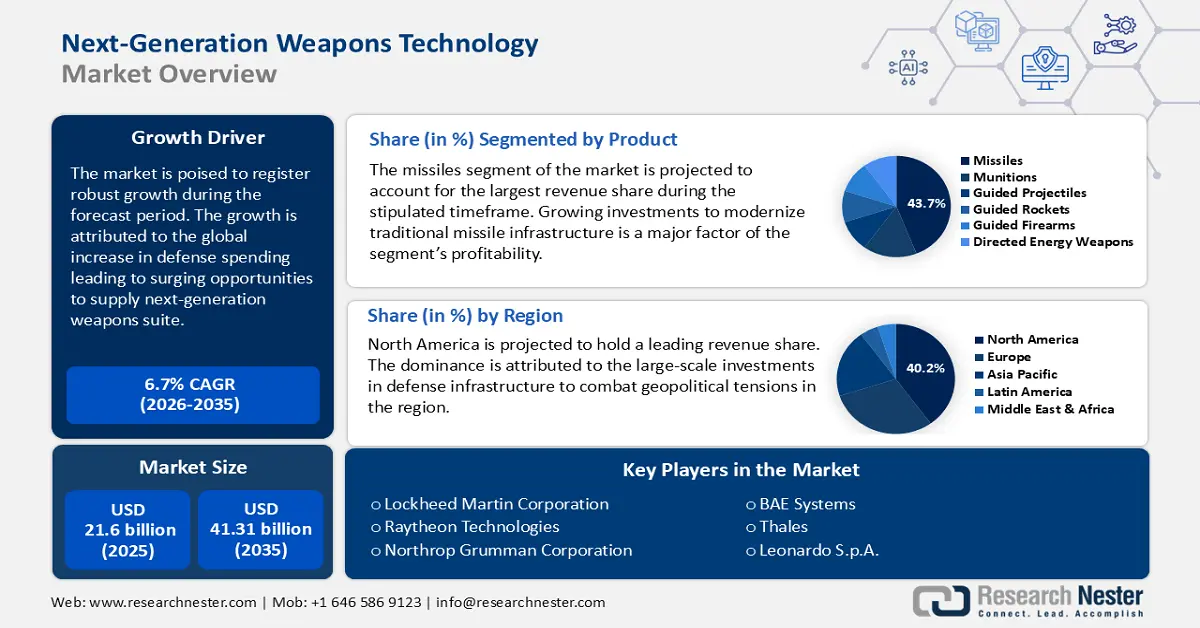
The next-generation weapons technology market’s growth is attributed to rising defense spending due to nations prioritizing modernizing military capabilities to address emerging threats. For instance, the International Institute for Strategic Studies (IISS) reported that global military spending increased to a whopping USD 2.46 trillion, representing a 7.4% rise. The geopolitical trends highlight the spending to increase throughout the forecast period, representing lucrative opportunities for manufacturers of next-generation weapons technology. The table below highlights defense spending and procurement trends.
|
Particulars |
Details |
|
Global Defense Spending Comparisons |
|
|
Real-Terms Growth |
|
|
Regional Spending Terms |
|
Source: IISS
The U.S. Department of Defense’s 2022 report on defense-critical supply chains has emphasized the vulnerabilities exposed by the COVID-19 pandemic, noting the requirement for resilient supply chains to support defense manufacturing. The trends indicate a reevaluation of supplier relationships along with a push to diversify sources to lessen risks associated with over-reliance on single suppliers or geopolitical adversaries. Furthermore, opportunities for the manufacturers of next-generation weapons technology arise in breakthroughs in artificial intelligence (AI), hypersonic systems, and directed energy weapons (DEWs). The table below highlights trends in global defense spending.
|
Particulars |
Details |
|
Rising investments in mechanized and armored fleets |
|
|
Next-Generation Weapons Supplier Diversification Trends |
|
Source: IISS
Key Next-Generation Weapons Technology Market Insights Summary:
Regional Highlights:
- North America is set to capture over 40.2% share by 2035 of the next-generation weapons technology market, stemming from the U.S.’s disproportionately high defense spending.
- By 2035, Europe is projected to hold about a 30% share, arising from the exponential increase in defense spending to counter geopolitical conflicts.
Segment Insights:
- By 2035, the missiles segment is expected to command 43.7% share of the next-generation weapons technology market, sustained by efforts to modernize traditional missile defense infrastructures.
- Through 2026-2035, the infrared segment is projected to record robust growth, underpinned by rapid advancements in thermal imaging and the proliferation of AI.
Key Growth Trends:
- Expansion of quantum technology applications
- Rising demand for electronic warfare
Major Challenges:
- Limited scope in emerging economies
- Regulatory hurdles with autonomous weapon systems
Key Players: Lockheed Martin Corporation, Raytheon Technologies, Northrop Grumman Corporation, BAE Systems, Leonardo S.p.A., EDGE Group, L3Harris Technologies, General Dynamics, Thales, Boeing Company, Hanhwa, Aviation Industry Corporation of China, Elbit Systems.
Global Next-Generation Weapons Technology Market Forecast and Regional Outlook:
Market Size & Growth Projections:
- 2025 Market Size: USD 21.6 billion
- 2026 Market Size: USD 22.9 billion
- Projected Market Size: USD 41.31 billion by 2035
- Growth Forecasts: 6.7%
Key Regional Dynamics:
- Largest Region: North America (40.2% Share by 2035)
- Fastest Growing Region: Europe
- Dominating Countries: United States, China, Russia, United Kingdom, France
- Emerging Countries: India, Japan, South Korea, Israel, Australia
Last updated on : 3 December, 2025
Next-Generation Weapons Technology Market - Growth Drivers and Challenges
Growth Drivers
- Expansion of quantum technology applications: A significant trend shaping the next-generation weapons technology industry is the advancement of quantum technology applications. Quantum sensors enable improved detection of stealth aircraft. The application is predicted to experience robust growth fueled by the advent of sixth-generation fighter jets from China and the U.S. In February 2025, DARPA announced the launch of the Robust Quantum Sensor (RoQS) program that will develop quantum sensors resistant to environmental disruptions, and the company is focused on collaboration to hasten deployment in defense applications.
Additionally, supportive federal investments bolster the opportunities within this segment. For instance, in December 2024, an announcement was made that the National Quantum Initiative Reauthorization Act was poised to authorize USD 2.7 billion to accelerate quantum research for the next five years. - Rising demand for electronic warfare: The growing investments in resilient electronic warfare systems benefit the next-generation weapons technology market. For instance, in February 2025, V2X secured a USD 21 million firm-fixed-price contract to sustain avionics and electronic warfare systems for the U.S. Air Force with the AN/ALQ -172 system providing countermeasures against multiple radar threats. Moreover, the growing investments in military modernization coincide with the surging defense contracts for electronic warfare suites. For instance, in December 2024, HII was awarded a USD 6.7 billion contract to support the Electronic Warfare Mission of the U.S. Air Force. Opportunities are expected to be rife in the supply of EW solutions to detect UAVs and electronic protection measures from adversarial EW attacks.
- Advancements in nanotechnology and calls for indigenous defense production: Countries such as the U.S., China, and Russia are investing to improve the scope of indigenous production of next-generation weapons technology to bypass security and supply chain bottlenecks associated with suppliers from other nations. The trends forecast surging opportunities for domestic manufacturers to leverage lucrative defense contracts. For instance, tungsten plays a vital role in the production of armor-piercing ammunition, advanced tank ammunition, dense inert metal explosives, etc., and in December 2024, the U.S. Department of Defense (DoD) announced a USD 15.8 million contract to Fireweed Metals Corporation to bolster the regional tungsten supply chain.
Furthermore, trends forecast that the integration of nanotechnology in modern defense systems has improved the durability and performance of military equipment. An example of the lucrativeness within the market is the USD 12.9 million contract awarded by the U.S. DoD through the Defense Production Act Investments (DPAI) program to Nano One Materials Corp. to increase the production of active materials for lithium iron phosphate (LFP) cathodes. The announcement was made in September 2024. Meanwhile, a direct impact of the contract within the next-generation weapons technology market was reflected in the more than Nano One stock jumps which was more than 25%.
Challenges
- Limited scope in emerging economies: Owing to the limited budget to be spent on defense modernization and next-generation weapons technology, manufacturers may find limited opportunities in emerging markets. Moreover, emerging markets may be monopolized by major defense suppliers with long-term contracts. The trends can make the next-generation weapons technology market top-heavy with a major share of revenue opportunities saturated in emerging economies spending the largest on defense initiatives. Additionally, geopolitical disagreements, such as tariffs, can hamper the supply chain with a manufacturer from China finding it difficult to breach the U.S. market and vice-versa.
- Regulatory hurdles with autonomous weapon systems: The incorporation of AI into the next-generation weapons system has presented unique opportunities as well as challenges for the next-generation weapons technology market. The lack of international consensus on the deployment and control of AI-driven automated weaponry has complicated the establishment of standardized regulations. To successfully navigate the challenge, collaborative efforts among stakeholders, governments, and international bodies are necessary to develop guidelines that can balance innovation with security concerns.
Next-Generation Weapons Technology Market Size and Forecast:
| Report Attribute | Details |
|---|---|
|
Base Year |
2025 |
|
Forecast Year |
2026-2035 |
|
CAGR |
6.7% |
|
Base Year Market Size (2025) |
USD 21.6 billion |
|
Forecast Year Market Size (2035) |
USD 41.31 billion |
|
Regional Scope |
|
Next-Generation Weapons Technology Market Segmentation:
Product Segment Analysis
By the end of 2035, missiles segment is estimated to capture around 43.7% next-generation weapons technology market share. The push to modernize traditional missile defense infrastructures is a leading factor in the segment’s profitable expansion. Moreover, trends within the segment reflect hypersonic missiles capable of exceeding Mach 5, dominating the R&D efforts. Below are highlights of three recent market developments indicating the gainful opportunities within the segment.
- In February 2025, Raytheon announced a series of 10 successful subsystem demonstrations for the U.S. Army’s Next-Generation Short-Range Interceptor, which is poised to replace the Stinger surface-to-air missile.
- In January 2025, Lockheed Martin was awarded a USD 383 million cost-plus-incentive-fee and cost-plus-fixed-fee modification to an existing contract by the U.S. Navy for the development of the next generation of the Trident II Strategic Weapons System (SWS) D5 missile.
- In December 2024, the U.S. Department of Defense (DoD) announced the awarding of a USD 253.7 million contract to Williams International for the expansion of the facilities for gas turbine production. The contract is expected to bolster engine production capacity to meet DoD's demand for volume growth of Harpoon, Joint Air-to-Surface Standoff Missiles (JASSM), Long Range Anti-Ship Missiles (LRASM), Tomahawk, and other precision strike weapons.
Technology Segment Analysis
The infrared segment in next-generation weapons technology market is poised to register robust growth during the stipulated timeline owing to rapid advancements in thermal imaging and the proliferation of AI. Miniaturization is another key trend within the segment, with companies such as Leonardo at the forefront of developing palm-sized IR cameras for UAVs. In August 2024, Leonardo announced that it had received USD 117 million worth of orders for the continued production of the next-generation thermal weapon sights for the U.S. Army. Rife opportunities are stipulated to be present in APAC, with emerging economies in the region heightening spending on defense budgets, evident by Japan approving a record-high USD 55.1 billion worth of defense spending for the FY 2025.
Our in-depth analysis of the global next-generation weapons technology market includes the following segments:
|
Product |
|
|
Technology |
|
|
Platform |
|

Vishnu Nair
Head - Global Business DevelopmentCustomize this report to your requirements — connect with our consultant for personalized insights and options.
Next-Generation Weapons Technology Market - Regional Analysis
North America Market Insights
By 2035, North America next-generation weapons technology market is poised to hold more than 40.2% revenue share. North America’s leading share is attributed to the U.S. spending on defense, which accounts for a higher percentage than all other countries combined. The high-spending trend facilitates lucrative defense contracts to supply next-generation weapons technology. Moreover, historically, the U.S. has invested heavily to be an early adopter of advanced technology, and with the soft power tussle with China heating up in the current decade, the spending is expected to increase. Beyond the U.S., Canada holds a significant share in North America, and the current geopolitical disagreements within the region have led to forecasts of Canada bolstering defense investments.
The U.S. next-generation weapons technology market remains the most lucrative for private players. The high spending on weapons technology along with investments to support allies in geographical conflicts has ensured a steady stream of profitable contracts emerging from the U.S. The Stimson Centre reported that the U.S. defense spending had increased by nearly 50% since the beginning of this century with no forecasts indicating a slowdown. In 2024, the U.S. DoD had requested more than USD 3 billion for AI and Joint All-Domain Command and Control initiatives highlighting the push to remain a leader in next-generation weapons technology.
The Canada next-generation weapons technology market is estimated to register robust growth during the forecast period. Forecasts indicate that Canada will double its defense spending by 2032, with a commitment to spend 2% of its GDP on defense. A multitude of investments and partnerships to improve research on next-generation weapons technology and improve defense capabilities has added to the opportunities within the Canada market. For instance, in June 2022, USD 38.6 billion was announced to modernize the North American Aerospace Defense Command (NORAD) in a bid to improve the surveillance systems while in November 2024, Canada agreed to a framework with Australia to spend around USD 474 million on hypersonic missile defense tech research.
Europe Market Insights
The Europe next-generation weapons technology market is expected to register robust expansion throughout the stipulated timeline. Europe is poised to exhibit the second-largest revenue share of 30% after North America. A driving factor of the Europe market’s growth is due to the exponential increase in defense spending to counter geopolitical conflicts. The report has mentioned earlier 50% more spending in 2024 nominal terms in Europe in comparison to 2014. Moreover, the NATO members of Europe have added investments for the production and acquisition of next-generation weapons technology in the backdrop of the Ukraine-Russian conflict.
The Germany next-generation weapons technology market is poised to account for a major share in Europe. The Germany market offers potential to private sector players to provide next-generation weapons suites with rising spending on defense initiatives. For instance, the U.S. DoD reported in January 2025 that France and Germany were collaborating to establish a subsidiary to produce 155mm rounds and a partnership between Netherlands, Romania, Spain, and Germany will co-produce up to 1,000 Patriot GEM-T missiles. Moreover, the stocks of defense companies in Europe have skyrocketed after Germany ordered USD 2.6 billion worth of next-generation weapons and equipment in January 2025.
The France next-generation weapons technology market is poised to exhibit robust growth during the stipulated timeline. Key features of the France market are growing investments to advance next-generation weapons technology and contribution to NATO defense initiatives. The proposed 2024-2030 military programming law (LPM) is poised to increase the defense budget of France by USD 3.2 billion in 2024, USD 3.1 billion in 2025, and USD 4.5 billion in 2030. By 2030, the defense budget is expected to be double the amount allocated in 2017. The heightened spending offers lucrative opportunities for the private-sector players which is evident by France and Germany’s partnership in the Main Ground Combat System (MGCS). Major defense companies such as KNDS, Rheinmetall, and Thales signed shareholder agreements to develop the future next-generation main battle tank for Germany and France.
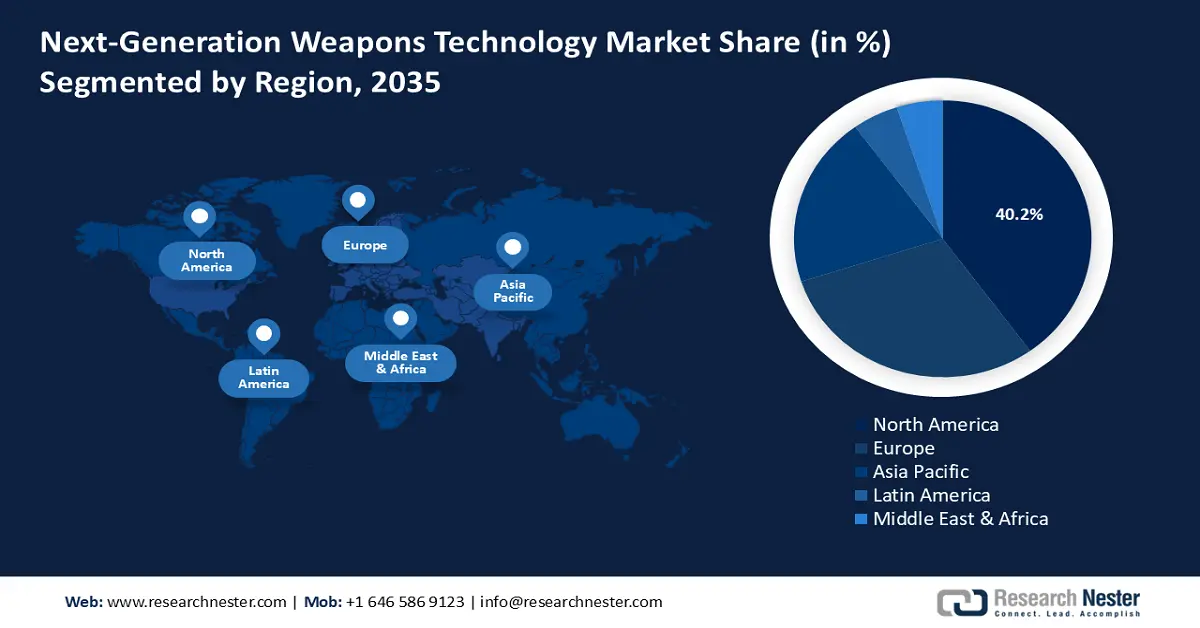
Next-Generation Weapons Technology Market Players:
- Lockheed Martin Corporation
- Company Overview
- Business Strategy
- Key Product Offerings
- Financial Performance
- Key Performance Indicators
- Risk Analysis
- Recent Development
- Regional Presence
- SWOT Analysis
- Raytheon Technologies
- Northrop Grumman Corporation
- BAE Systems
- Leonardo S.p.A.
- EDGE Group
- L3Harris Technologies
- General Dynamics
- Thales
- Boeing Company
- Hanhwa
- Aviation Industry Corporation of China
- Elbit Systems
The next-generation weapons technology market is projected to expand during the stipulated timeframe. Firms in the market are actively investing heavily in research and development to improve the precision of modern weaponry. Collaborative projects with government institutions boost revenue shares and advance the quality of next-generation weapons technology. In January 2025, LightPath Technologies Inc., announced the acquisition of G5 Infrared, LLC to expand its portfolio of next-generation optics and imaging systems for defense applications.
Here are some key players in the next-generation weapons technology market:
Recent Developments
- In February 2025, the L3Harris Technologies all-digital electronic warfare (EW) suite, Viper Shield completed its first flight in a single-seat Block 70 F-16 operated by the 412th Test Wing at Edwards Air Force Base, California. The Viper Shield provides the most advanced EW capability to F-16 fighter fleets for six international partners.
- In February 2025, Edge launched a next-level range of new electronic warfare (EW), electro-optical/infrared (EO/IR), and radar systems at the International Defense Exhibition & Conference 2025. EDGE’s advanced suite of electro-optical, infrared (EO/IR) systems, and radars expands its all-domain portfolio.
- Report ID: 7302
- Published Date: Dec 03, 2025
- Report Format: PDF, PPT
- Explore a preview of key market trends and insights
- Review sample data tables and segment breakdowns
- Experience the quality of our visual data representations
- Evaluate our report structure and research methodology
- Get a glimpse of competitive landscape analysis
- Understand how regional forecasts are presented
- Assess the depth of company profiling and benchmarking
- Preview how actionable insights can support your strategy
Explore real data and analysis
Frequently Asked Questions (FAQ)
Next-Generation Weapons Technology Market Report Scope
FREE Sample Copy includes market overview, growth trends, statistical charts & tables, forecast estimates, and much more.
Connect with our Expert
See how top U.S. companies are managing market uncertainty — get your free sample with trends, challenges, macroeconomic factors, charts, forecasts, and more.
Copyright @ 2025 Research Nester. All Rights Reserved.




 Afghanistan (+93)
Afghanistan (+93)
 Åland Islands (+358)
Åland Islands (+358)
 Albania (+355)
Albania (+355)
 Algeria (+213)
Algeria (+213)
 American Samoa (+1684)
American Samoa (+1684)
 Andorra (+376)
Andorra (+376)
 Angola (+244)
Angola (+244)
 Anguilla (+1264)
Anguilla (+1264)
 Antarctica (+672)
Antarctica (+672)
 Antigua and Barbuda (+1268)
Antigua and Barbuda (+1268)
 Argentina (+54)
Argentina (+54)
 Armenia (+374)
Armenia (+374)
 Aruba (+297)
Aruba (+297)
 Australia (+61)
Australia (+61)
 Austria (+43)
Austria (+43)
 Azerbaijan (+994)
Azerbaijan (+994)
 Bahamas (+1242)
Bahamas (+1242)
 Bahrain (+973)
Bahrain (+973)
 Bangladesh (+880)
Bangladesh (+880)
 Barbados (+1246)
Barbados (+1246)
 Belarus (+375)
Belarus (+375)
 Belgium (+32)
Belgium (+32)
 Belize (+501)
Belize (+501)
 Benin (+229)
Benin (+229)
 Bermuda (+1441)
Bermuda (+1441)
 Bhutan (+975)
Bhutan (+975)
 Bolivia (+591)
Bolivia (+591)
 Bosnia and Herzegovina (+387)
Bosnia and Herzegovina (+387)
 Botswana (+267)
Botswana (+267)
 Bouvet Island (+)
Bouvet Island (+)
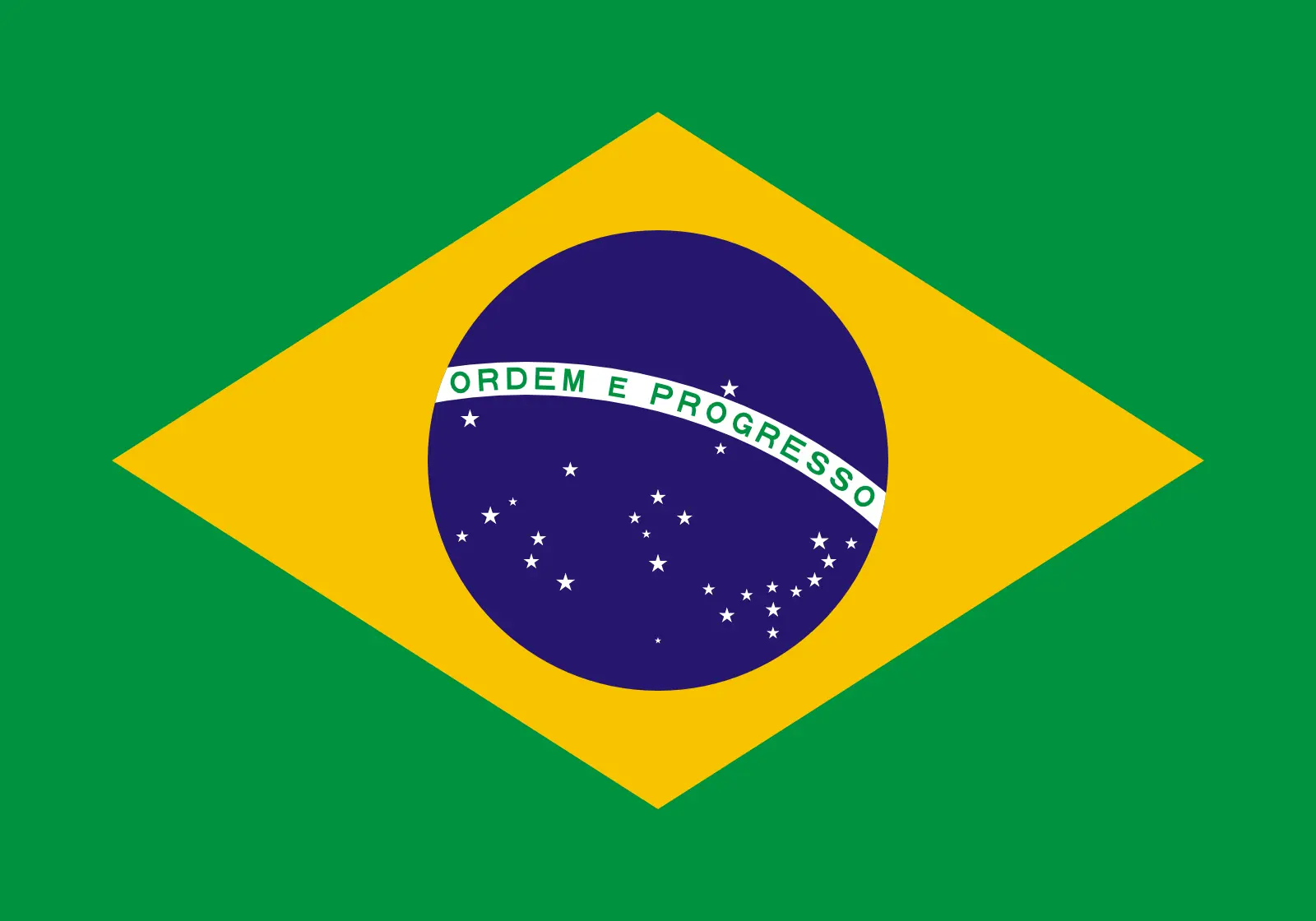 Brazil (+55)
Brazil (+55)
 British Indian Ocean Territory (+246)
British Indian Ocean Territory (+246)
 British Virgin Islands (+1284)
British Virgin Islands (+1284)
 Brunei (+673)
Brunei (+673)
 Bulgaria (+359)
Bulgaria (+359)
 Burkina Faso (+226)
Burkina Faso (+226)
 Burundi (+257)
Burundi (+257)
 Cambodia (+855)
Cambodia (+855)
 Cameroon (+237)
Cameroon (+237)
 Canada (+1)
Canada (+1)
 Cape Verde (+238)
Cape Verde (+238)
 Cayman Islands (+1345)
Cayman Islands (+1345)
 Central African Republic (+236)
Central African Republic (+236)
 Chad (+235)
Chad (+235)
 Chile (+56)
Chile (+56)
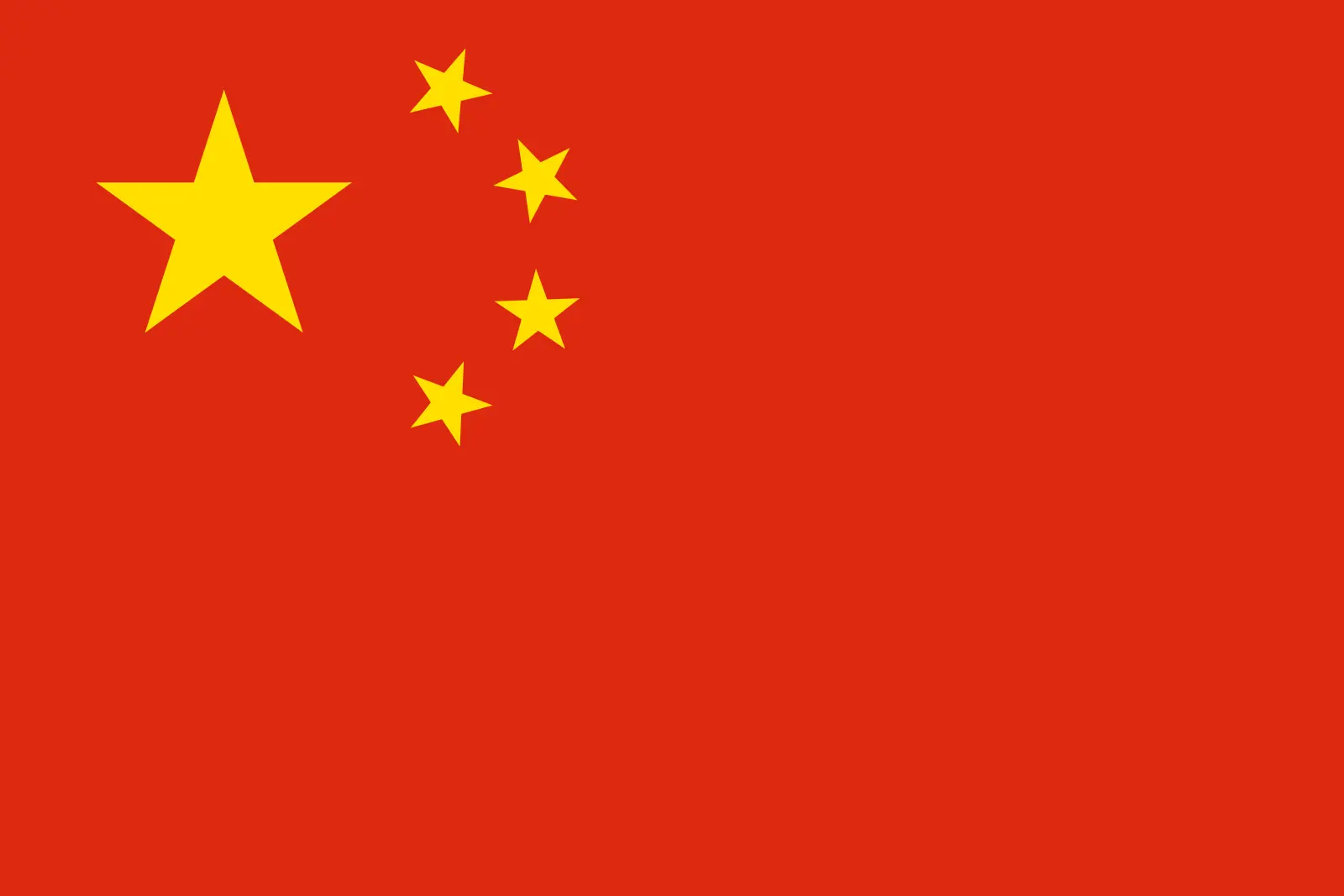 China (+86)
China (+86)
 Christmas Island (+61)
Christmas Island (+61)
 Cocos (Keeling) Islands (+61)
Cocos (Keeling) Islands (+61)
 Colombia (+57)
Colombia (+57)
 Comoros (+269)
Comoros (+269)
 Cook Islands (+682)
Cook Islands (+682)
 Costa Rica (+506)
Costa Rica (+506)
 Croatia (+385)
Croatia (+385)
 Cuba (+53)
Cuba (+53)
 Curaçao (+599)
Curaçao (+599)
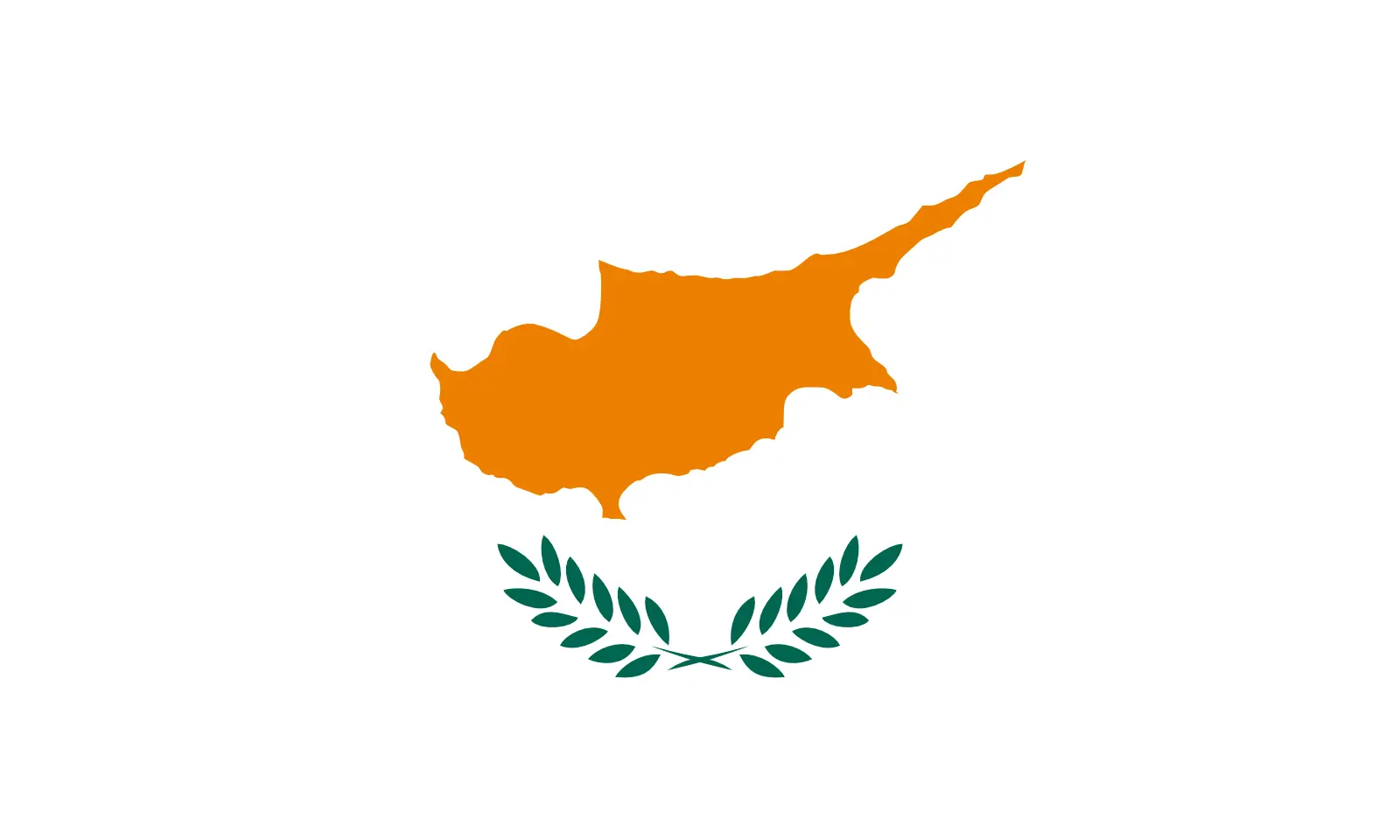 Cyprus (+357)
Cyprus (+357)
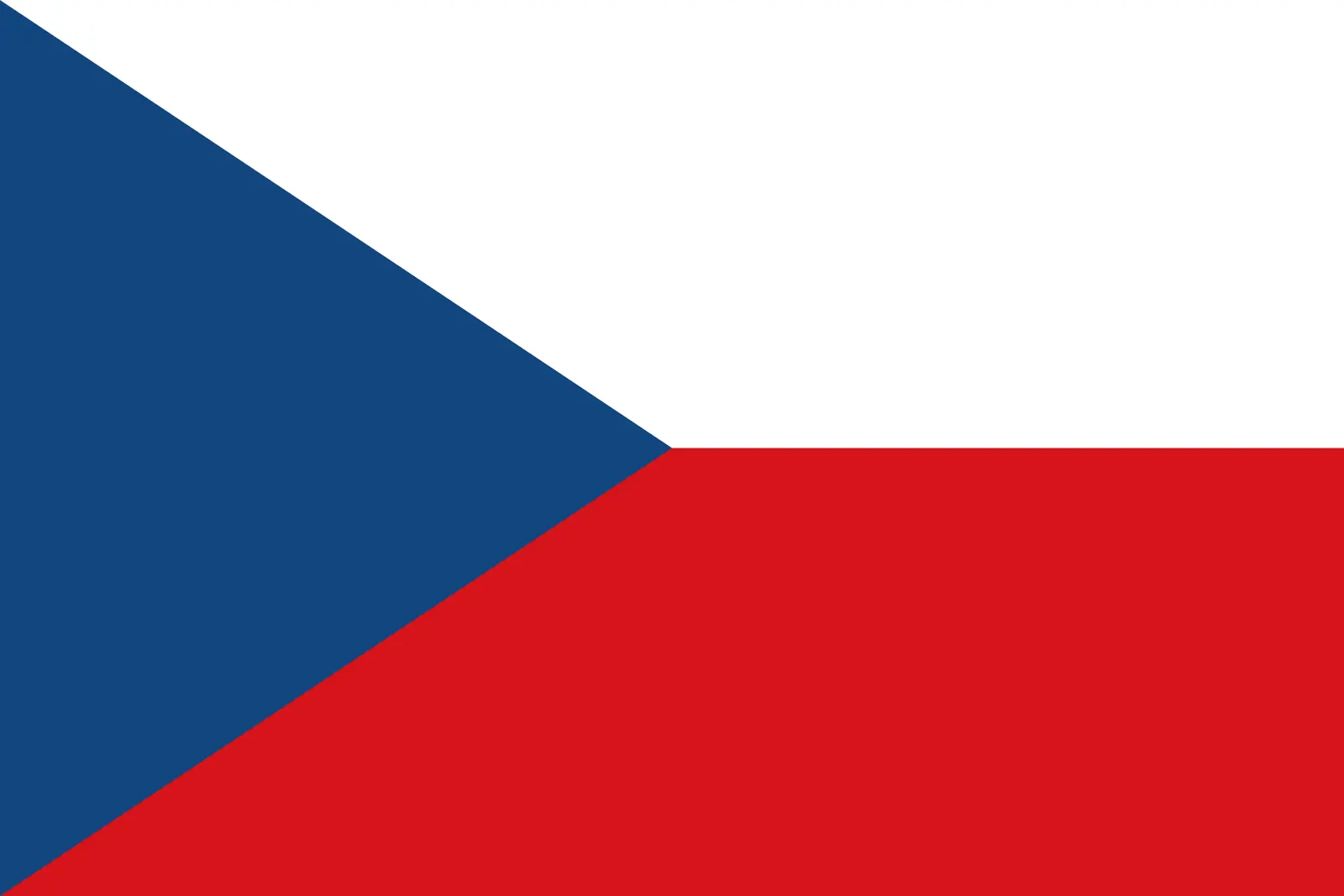 Czechia (+420)
Czechia (+420)
 Democratic Republic of the Congo (+243)
Democratic Republic of the Congo (+243)
 Denmark (+45)
Denmark (+45)
 Djibouti (+253)
Djibouti (+253)
 Dominica (+1767)
Dominica (+1767)
 Dominican Republic (+1809)
Dominican Republic (+1809)
 Timor-Leste (+670)
Timor-Leste (+670)
 Ecuador (+593)
Ecuador (+593)
 Egypt (+20)
Egypt (+20)
 El Salvador (+503)
El Salvador (+503)
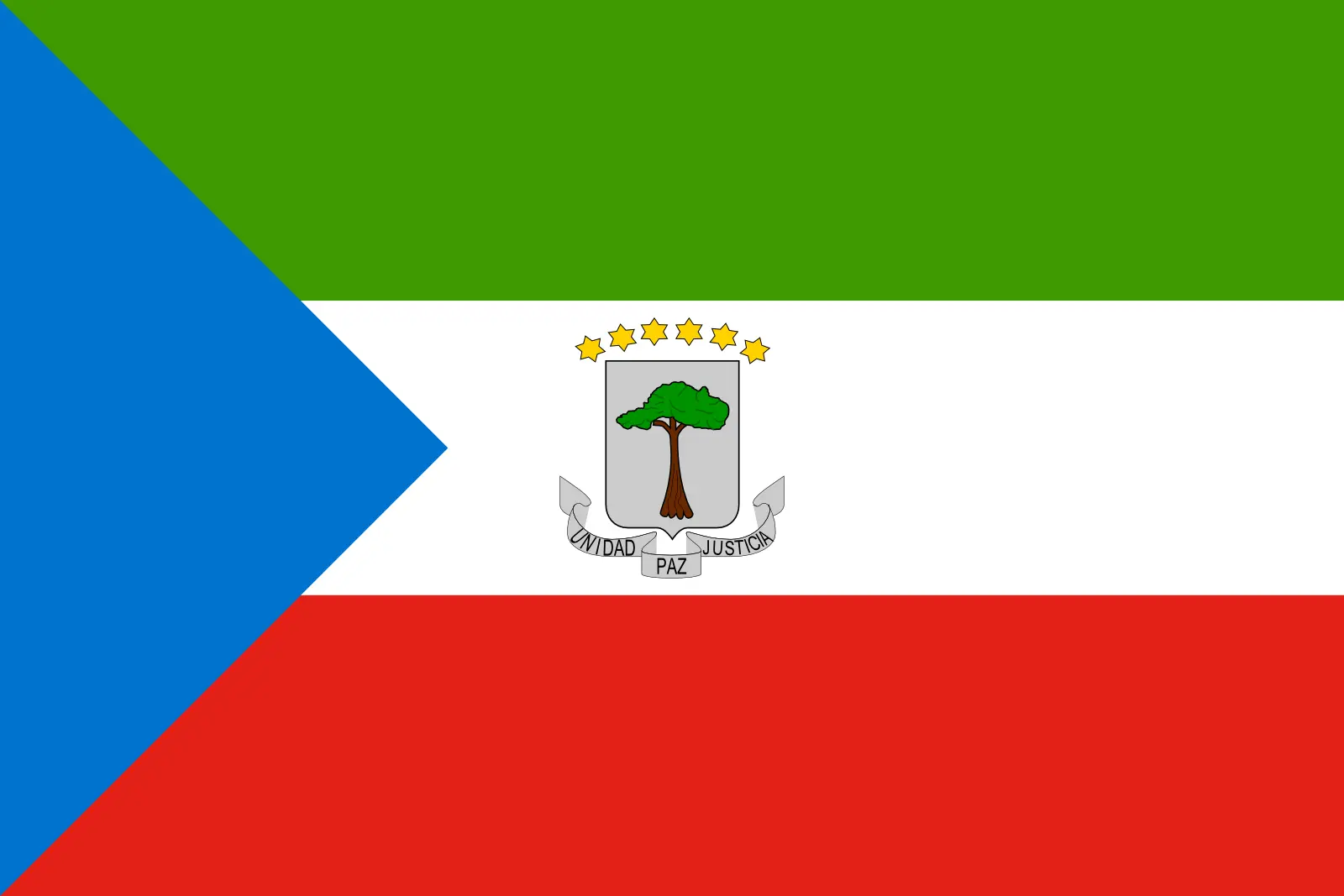 Equatorial Guinea (+240)
Equatorial Guinea (+240)
 Eritrea (+291)
Eritrea (+291)
 Estonia (+372)
Estonia (+372)
 Ethiopia (+251)
Ethiopia (+251)
 Falkland Islands (+500)
Falkland Islands (+500)
 Faroe Islands (+298)
Faroe Islands (+298)
 Fiji (+679)
Fiji (+679)
 Finland (+358)
Finland (+358)
 France (+33)
France (+33)
 Gabon (+241)
Gabon (+241)
 Gambia (+220)
Gambia (+220)
 Georgia (+995)
Georgia (+995)
 Germany (+49)
Germany (+49)
 Ghana (+233)
Ghana (+233)
 Gibraltar (+350)
Gibraltar (+350)
 Greece (+30)
Greece (+30)
 Greenland (+299)
Greenland (+299)
 Grenada (+1473)
Grenada (+1473)
 Guadeloupe (+590)
Guadeloupe (+590)
 Guam (+1671)
Guam (+1671)
 Guatemala (+502)
Guatemala (+502)
 Guinea (+224)
Guinea (+224)
 Guinea-Bissau (+245)
Guinea-Bissau (+245)
 Guyana (+592)
Guyana (+592)
 Haiti (+509)
Haiti (+509)
 Honduras (+504)
Honduras (+504)
 Hong Kong (+852)
Hong Kong (+852)
 Hungary (+36)
Hungary (+36)
 Iceland (+354)
Iceland (+354)
 India (+91)
India (+91)
 Indonesia (+62)
Indonesia (+62)
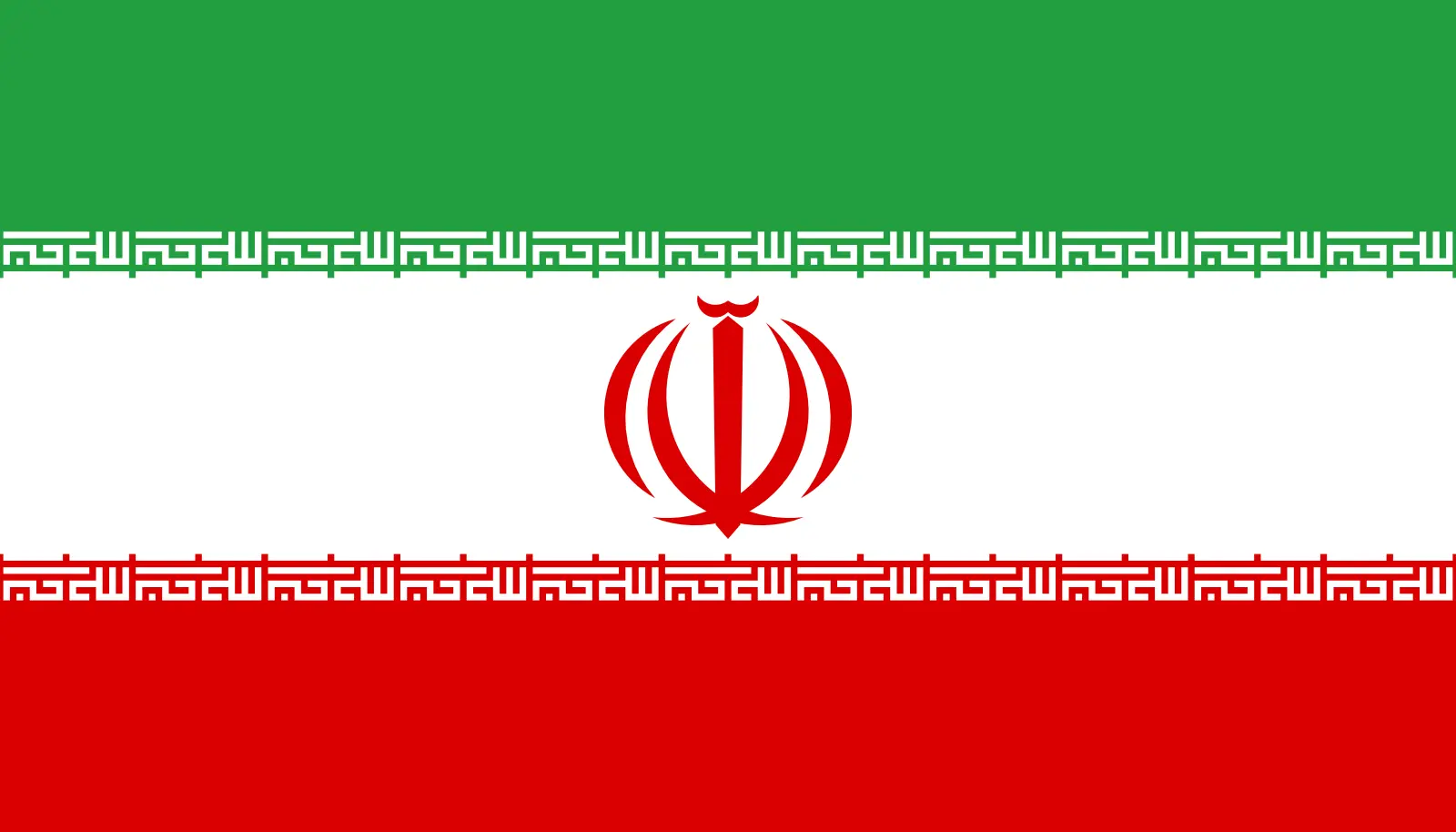 Iran (+98)
Iran (+98)
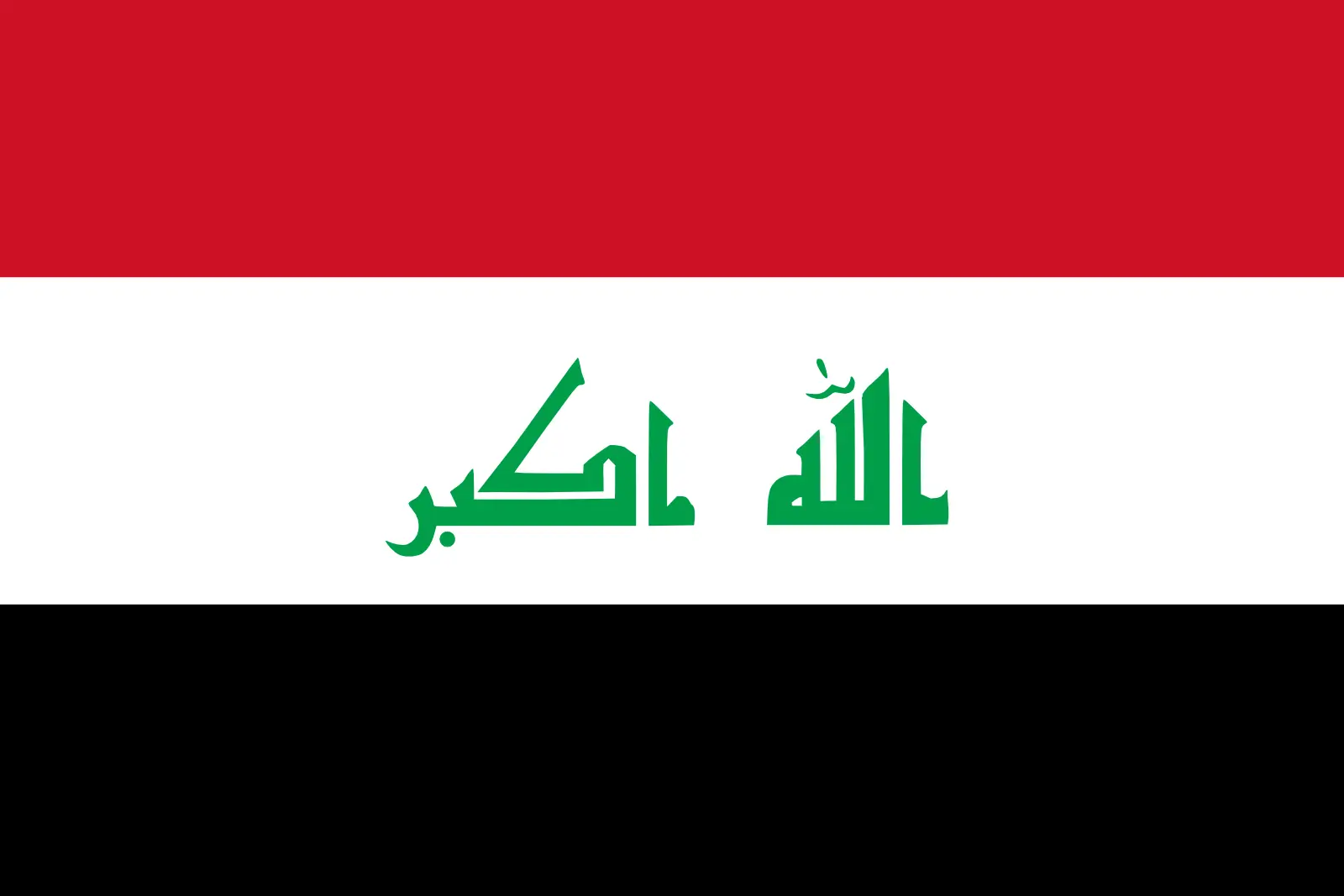 Iraq (+964)
Iraq (+964)
 Ireland (+353)
Ireland (+353)
 Isle of Man (+44)
Isle of Man (+44)
 Israel (+972)
Israel (+972)
 Italy (+39)
Italy (+39)
 Jamaica (+1876)
Jamaica (+1876)
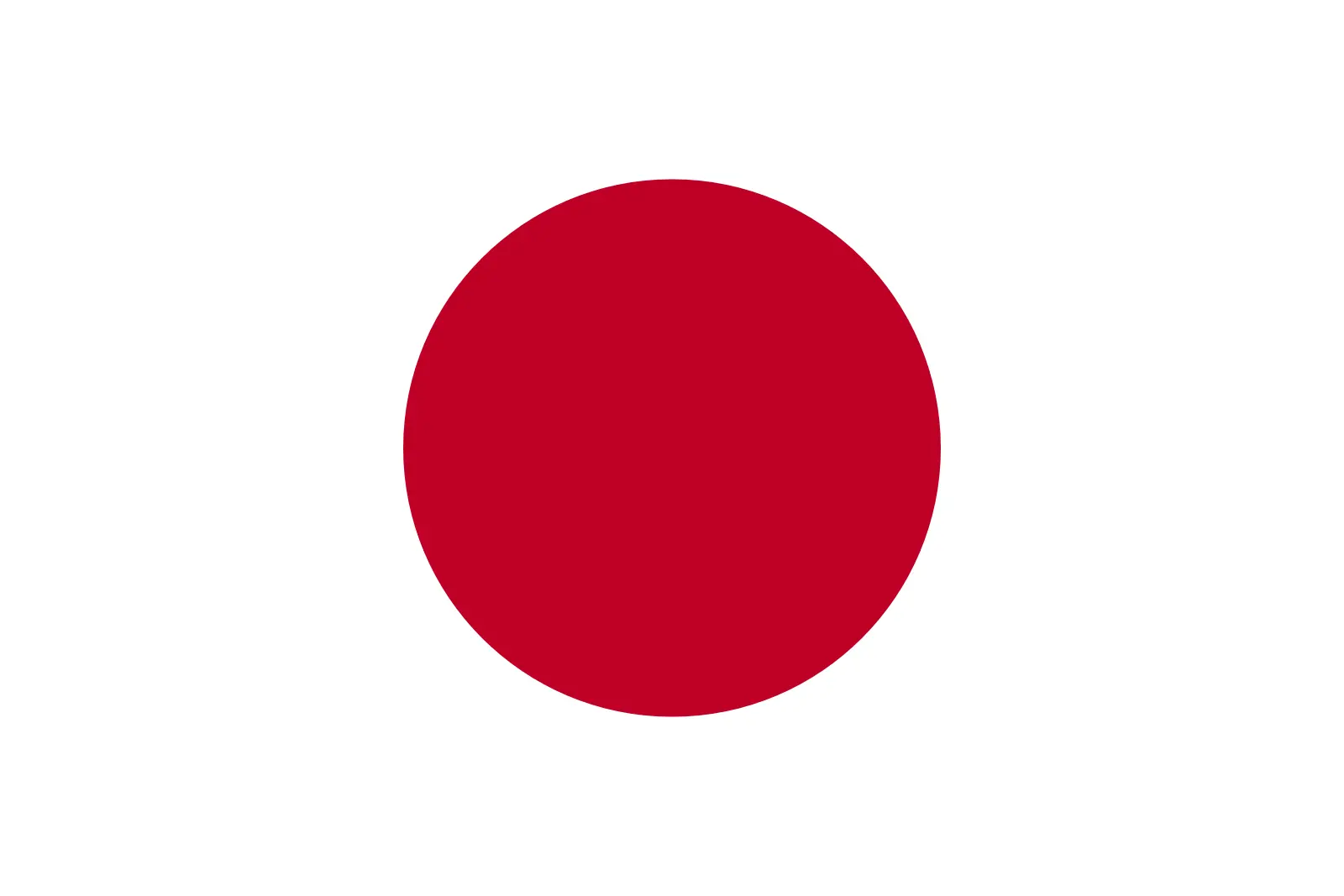 Japan (+81)
Japan (+81)
 Jersey (+44)
Jersey (+44)
 Jordan (+962)
Jordan (+962)
 Kazakhstan (+7)
Kazakhstan (+7)
 Kenya (+254)
Kenya (+254)
 Kiribati (+686)
Kiribati (+686)
 Kuwait (+965)
Kuwait (+965)
 Kyrgyzstan (+996)
Kyrgyzstan (+996)
 Laos (+856)
Laos (+856)
 Latvia (+371)
Latvia (+371)
 Lebanon (+961)
Lebanon (+961)
 Lesotho (+266)
Lesotho (+266)
 Liberia (+231)
Liberia (+231)
 Libya (+218)
Libya (+218)
 Liechtenstein (+423)
Liechtenstein (+423)
 Lithuania (+370)
Lithuania (+370)
 Luxembourg (+352)
Luxembourg (+352)
 Macao (+853)
Macao (+853)
 Madagascar (+261)
Madagascar (+261)
 Malawi (+265)
Malawi (+265)
 Malaysia (+60)
Malaysia (+60)
 Maldives (+960)
Maldives (+960)
 Mali (+223)
Mali (+223)
 Malta (+356)
Malta (+356)
 Marshall Islands (+692)
Marshall Islands (+692)
 Mauritania (+222)
Mauritania (+222)
 Mauritius (+230)
Mauritius (+230)
 Mayotte (+262)
Mayotte (+262)
 Mexico (+52)
Mexico (+52)
 Micronesia (+691)
Micronesia (+691)
 Moldova (+373)
Moldova (+373)
 Monaco (+377)
Monaco (+377)
 Mongolia (+976)
Mongolia (+976)
 Montenegro (+382)
Montenegro (+382)
 Montserrat (+1664)
Montserrat (+1664)
 Morocco (+212)
Morocco (+212)
 Mozambique (+258)
Mozambique (+258)
 Myanmar (+95)
Myanmar (+95)
 Namibia (+264)
Namibia (+264)
 Nauru (+674)
Nauru (+674)
 Nepal (+977)
Nepal (+977)
 Netherlands (+31)
Netherlands (+31)
 New Caledonia (+687)
New Caledonia (+687)
 New Zealand (+64)
New Zealand (+64)
 Nicaragua (+505)
Nicaragua (+505)
 Niger (+227)
Niger (+227)
 Nigeria (+234)
Nigeria (+234)
 Niue (+683)
Niue (+683)
 Norfolk Island (+672)
Norfolk Island (+672)
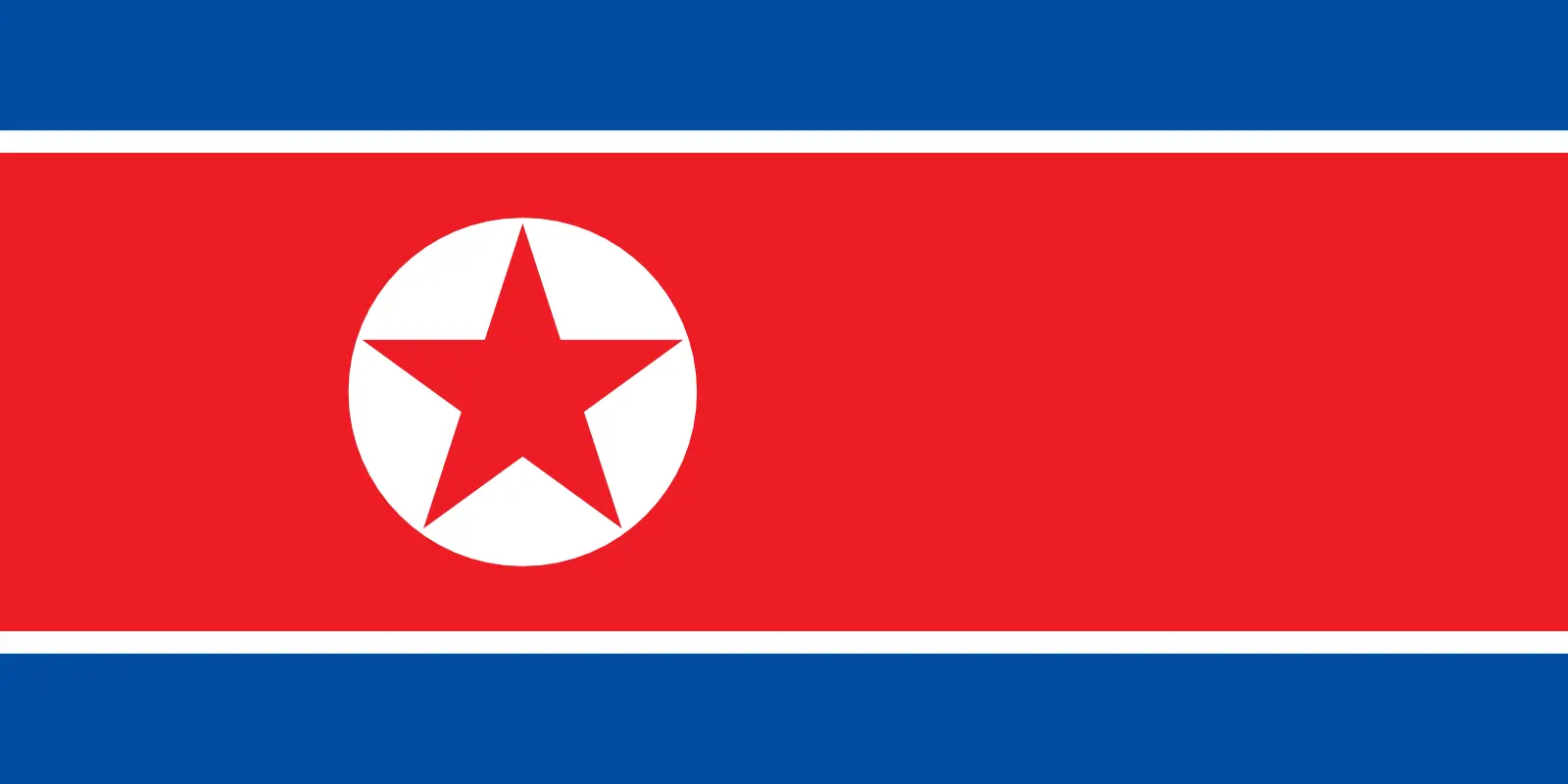 North Korea (+850)
North Korea (+850)
 Northern Mariana Islands (+1670)
Northern Mariana Islands (+1670)
 Norway (+47)
Norway (+47)
 Oman (+968)
Oman (+968)
 Pakistan (+92)
Pakistan (+92)
 Palau (+680)
Palau (+680)
 Palestine (+970)
Palestine (+970)
 Panama (+507)
Panama (+507)
 Papua New Guinea (+675)
Papua New Guinea (+675)
 Paraguay (+595)
Paraguay (+595)
 Peru (+51)
Peru (+51)
 Philippines (+63)
Philippines (+63)
 Poland (+48)
Poland (+48)
 Portugal (+351)
Portugal (+351)
 Puerto Rico (+1787)
Puerto Rico (+1787)
 Qatar (+974)
Qatar (+974)
 Romania (+40)
Romania (+40)
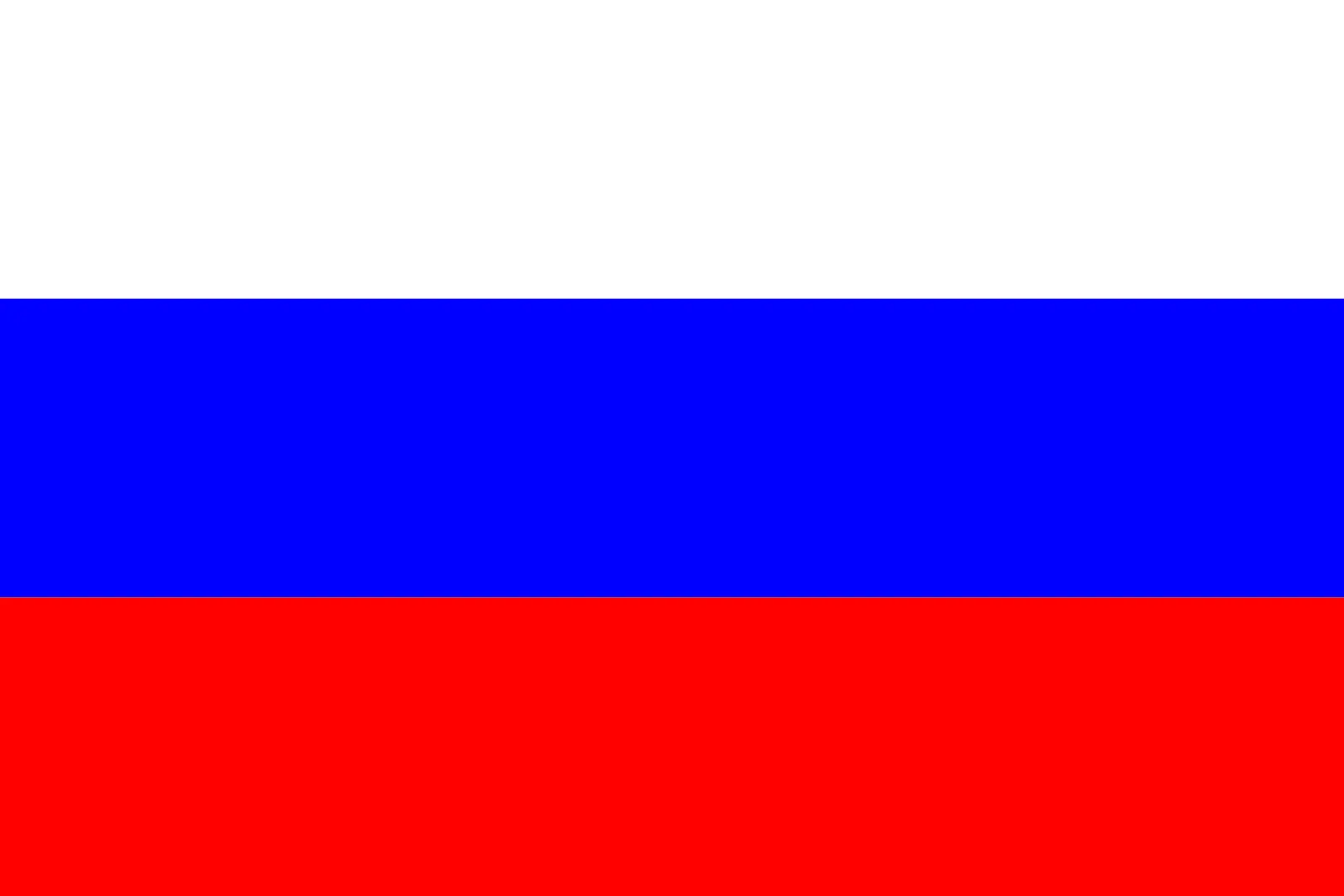 Russia (+7)
Russia (+7)
 Rwanda (+250)
Rwanda (+250)
 Saint Barthélemy (+590)
Saint Barthélemy (+590)
 Saint Helena, Ascension and Tristan da Cunha (+290)
Saint Helena, Ascension and Tristan da Cunha (+290)
 Saint Kitts and Nevis (+1869)
Saint Kitts and Nevis (+1869)
 Saint Lucia (+1758)
Saint Lucia (+1758)
 Saint Martin (French part) (+590)
Saint Martin (French part) (+590)
 Saint Pierre and Miquelon (+508)
Saint Pierre and Miquelon (+508)
 Saint Vincent and the Grenadines (+1784)
Saint Vincent and the Grenadines (+1784)
 Samoa (+685)
Samoa (+685)
 San Marino (+378)
San Marino (+378)
 Sao Tome and Principe (+239)
Sao Tome and Principe (+239)
 Saudi Arabia (+966)
Saudi Arabia (+966)
 Senegal (+221)
Senegal (+221)
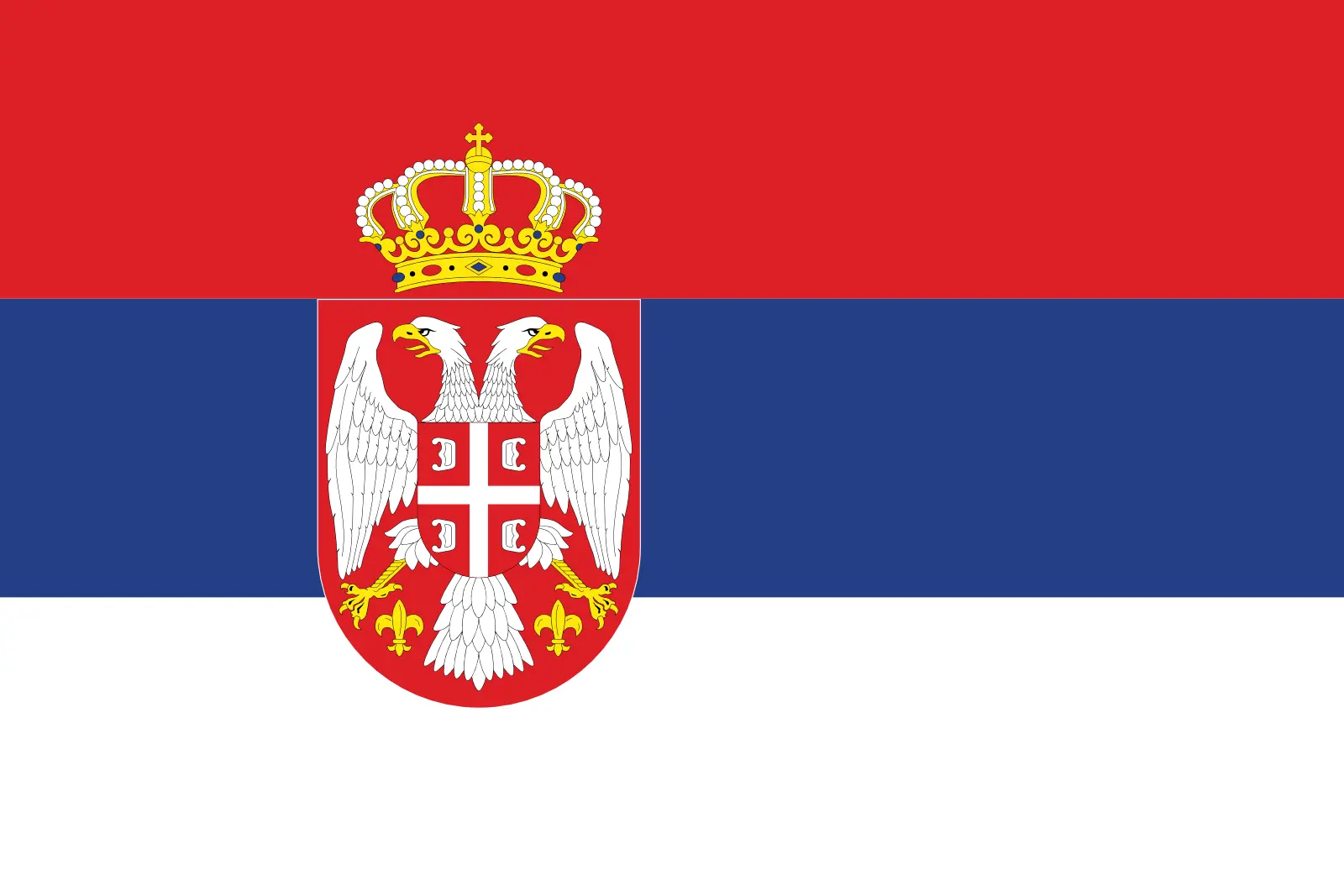 Serbia (+381)
Serbia (+381)
 Seychelles (+248)
Seychelles (+248)
 Sierra Leone (+232)
Sierra Leone (+232)
 Singapore (+65)
Singapore (+65)
 Sint Maarten (Dutch part) (+1721)
Sint Maarten (Dutch part) (+1721)
 Slovakia (+421)
Slovakia (+421)
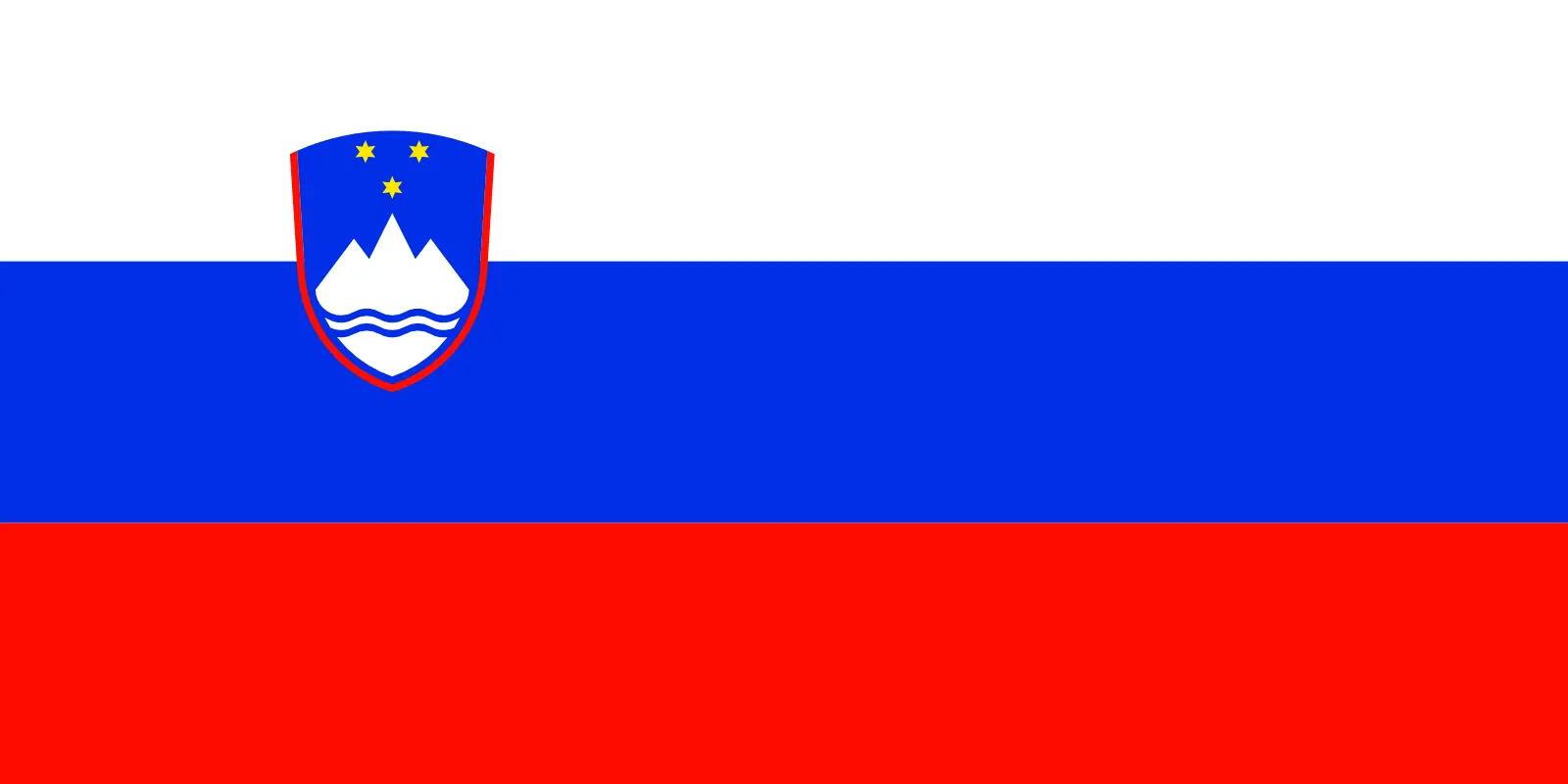 Slovenia (+386)
Slovenia (+386)
 Solomon Islands (+677)
Solomon Islands (+677)
 Somalia (+252)
Somalia (+252)
 South Africa (+27)
South Africa (+27)
 South Georgia and the South Sandwich Islands (+0)
South Georgia and the South Sandwich Islands (+0)
 South Korea (+82)
South Korea (+82)
 South Sudan (+211)
South Sudan (+211)
 Spain (+34)
Spain (+34)
 Sri Lanka (+94)
Sri Lanka (+94)
 Sudan (+249)
Sudan (+249)
 Suriname (+597)
Suriname (+597)
 Svalbard and Jan Mayen (+47)
Svalbard and Jan Mayen (+47)
 Eswatini (+268)
Eswatini (+268)
 Sweden (+46)
Sweden (+46)
 Switzerland (+41)
Switzerland (+41)
 Syria (+963)
Syria (+963)
 Taiwan (+886)
Taiwan (+886)
 Tajikistan (+992)
Tajikistan (+992)
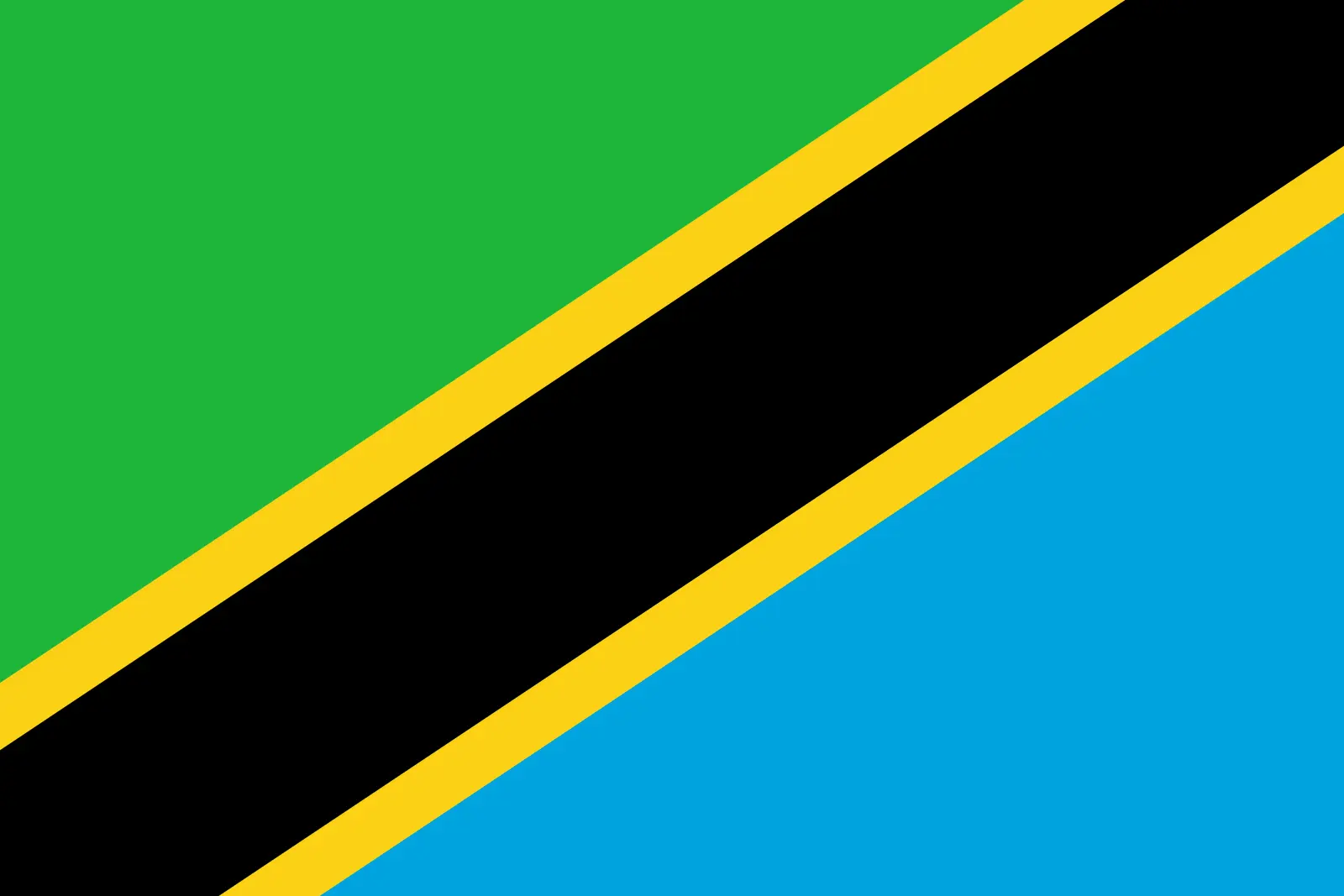 Tanzania (+255)
Tanzania (+255)
 Thailand (+66)
Thailand (+66)
 Togo (+228)
Togo (+228)
 Tokelau (+690)
Tokelau (+690)
 Tonga (+676)
Tonga (+676)
 Trinidad and Tobago (+1868)
Trinidad and Tobago (+1868)
 Tunisia (+216)
Tunisia (+216)
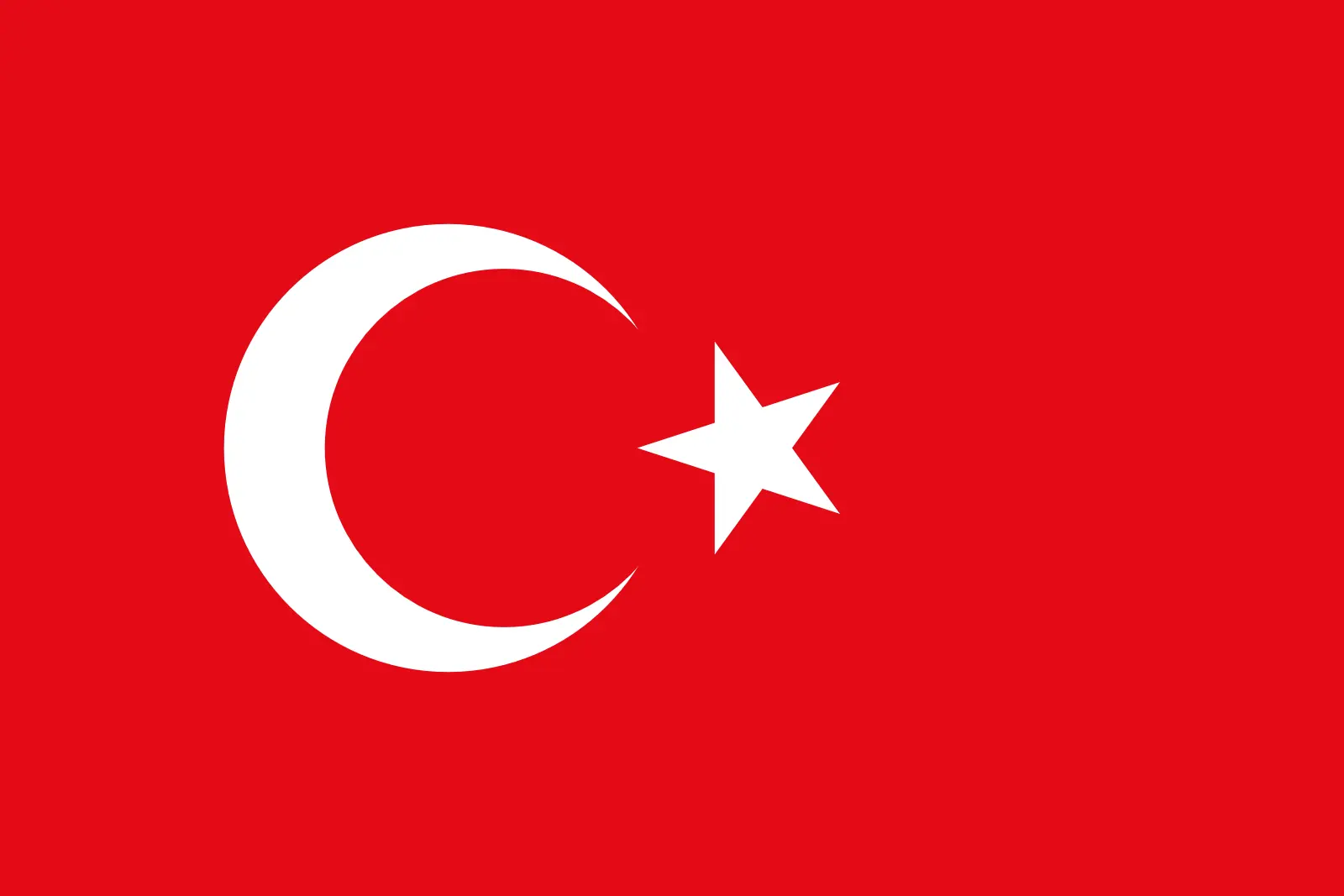 Turkey (+90)
Turkey (+90)
 Turkmenistan (+993)
Turkmenistan (+993)
 Turks and Caicos Islands (+1649)
Turks and Caicos Islands (+1649)
 Tuvalu (+688)
Tuvalu (+688)
 Uganda (+256)
Uganda (+256)
 Ukraine (+380)
Ukraine (+380)
 United Arab Emirates (+971)
United Arab Emirates (+971)
 United Kingdom (+44)
United Kingdom (+44)
 Uruguay (+598)
Uruguay (+598)
 Uzbekistan (+998)
Uzbekistan (+998)
 Vanuatu (+678)
Vanuatu (+678)
 Vatican City (+39)
Vatican City (+39)
 Venezuela (Bolivarian Republic of) (+58)
Venezuela (Bolivarian Republic of) (+58)
 Vietnam (+84)
Vietnam (+84)
 Wallis and Futuna (+681)
Wallis and Futuna (+681)
 Western Sahara (+212)
Western Sahara (+212)
 Yemen (+967)
Yemen (+967)
 Zambia (+260)
Zambia (+260)
 Zimbabwe (+263)
Zimbabwe (+263)
